國立臺灣師範大學設計學系教授
Department of Design, National Taiwan Normal University
Article of famous designers
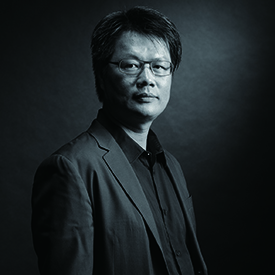
國立臺灣師範大學設計學系教授
Department of Design, National Taiwan Normal University
In May 2019, I received an invitation from Jan Rajlich Jr., presidentof the Czech International Biennale of Graphic Design in Brno (Brno Biennial)to participate in the International Poster Exhibition to commemorate his latefather, Jan Rajlich Sr, on his 100th birthday. Jan Rajlich Sr. wasan internationally renowned graphic designer. He was a pioneer in corporateidentity creation, information graphics, text typography, and poster artcreation in the Czech Republic. The International Biennale of Graphic Design inBrno that he established remains one of the most important design biennialexhibitions in the world. The plan for the exhibition was to invite 100 graphicdesigners from around the world to contribute by creating posters with thetheme “JR 100- Hommage: Jan Rajlich 100.” Their works were originally scheduledto be displayed together with the Brno Biennial the following June. The event,however, was postponed to September 24, 2020 due to the COVID-19 pandemic. Theexhibition is open at the Moravian Gallery in Brno until August 8, 2021.
As the co-organized event “Echo ofGraphic Design Taiwan/Czech Republic” was to be held at the Old Town Hall ofBrno in 2008, we visited the designers’ studio under the arrangement of JanRajlich Jr. in November 2007. On the following day, Jan Rajlich Sr. and hisson, Jan Rajlich Jr., accompanied us on a stroll through the city of Brno andintroduced the designers’works around the city. Our dinner was at a restaurantsituated in a repurposed wine cellar. This was my first time meeting with JanRajlich Sr. When I revisited Brno again for the exhibition in June 2008, JanRajlich Sr. came to visit and support the co-organized exhibition. He wasalready 88 years old at the time. My impression of him is that he was friendly,easy-going, and welcoming. He was a respectable elder. As it happened to be my40th birthday, he also sent me a collection of his signed works as a gift.
Figure 1:The author, along with Jan Rajlich Sr. and his son in Rajlich Sr.’s studio.November 2007.
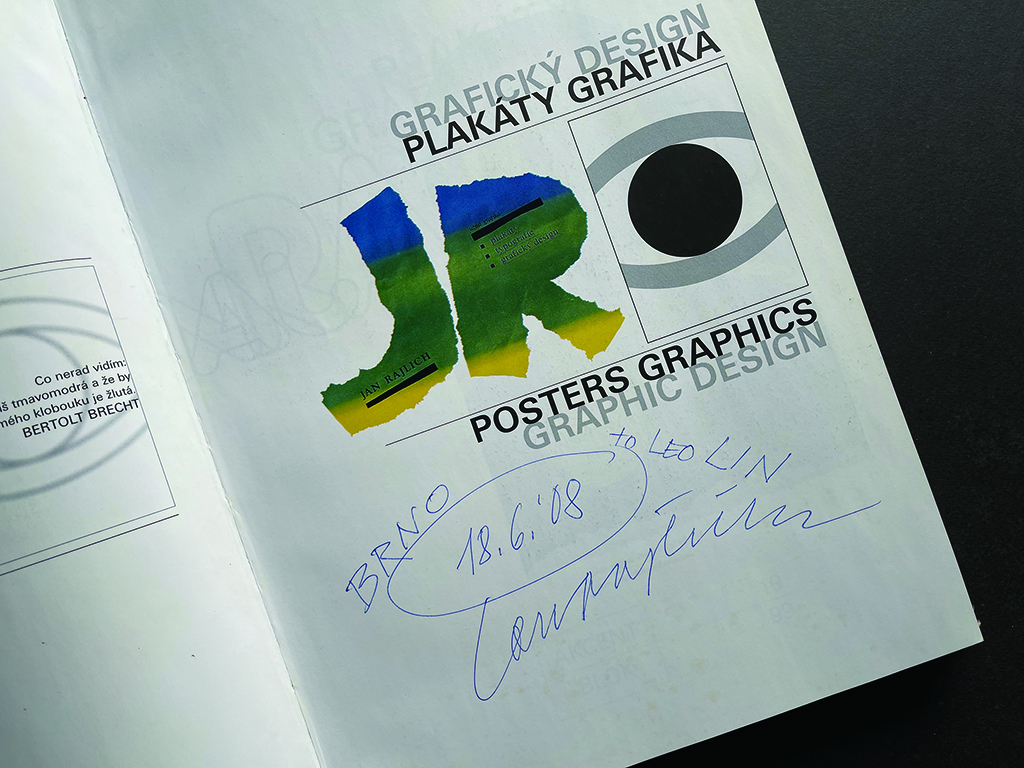 Figure 2:A collection of signed works from Jan Rajlich Sr. to the author.
Figure 2:A collection of signed works from Jan Rajlich Sr. to the author.
In 2014, I served as the Chairman of the Taiwan Poster DesignAssociation and planned its The Trio of Poster International InvitationExhibition. To celebrate the 50th anniversary of the Brno Biennial, I planned aspecial area to introduce the works of Jan Rajlich Sr. and his son. It was thefirst time that internationally renowned works by Jan Rajlich Sr. and his sonwere displayed in Taiwan. The exhibition allowed the public to view theoriginals of many international renowned works up close. It was a rareexhibition of works by famous artists from all over the globe.
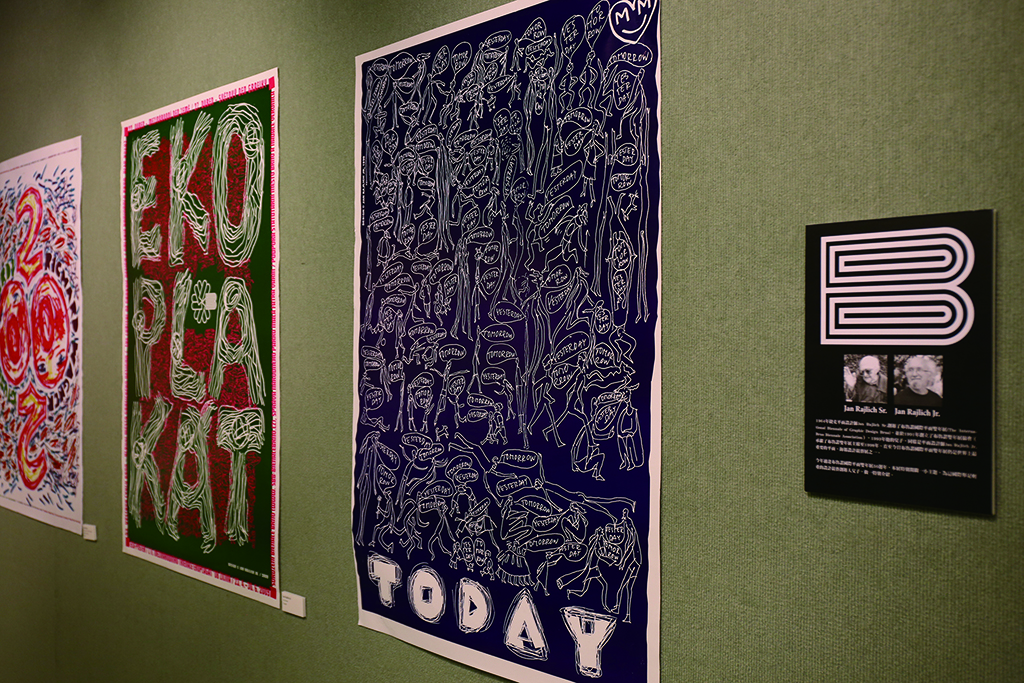 Figure 3: A special area was designatedfor the works of Jan Rajlich Sr. and his son in the 2014 Annual Exhibition ofthe Taiwan Poster Design Association as a celebration of the Brno Biennial’s 50th anniversary.
Figure 3: A special area was designatedfor the works of Jan Rajlich Sr. and his son in the 2014 Annual Exhibition ofthe Taiwan Poster Design Association as a celebration of the Brno Biennial’s 50th anniversary.
When I received Jan Rajlich Jr.’s exhibition invitation, my memoriesall came flooding back to me. My teacher Lin Pang-Soong once said, “learn frombooks, learn from things, and learn from people.” I am fortunate to know JanRajlich Sr. through these three types of learning. After receiving theinvitation, I began to recall my time with Jan Rajlich Sr. when I was in Brno,and searched for information about him and his works. To me, Jan Rajlich Sr.was one of the most important graphic designers of the 20th century. Hisdiverse creations were unconventional. They enriched visual art and are bothpractical and artistic. I am especially fond his torn-paper collage works. Theyare bold and artistic in a way that captures the viewers’ attention. For boththe poster design in remembrance of Jan Rajlich Sr. and to pay tribute to themaster artist, I referred to the techniques of tear-off collage in several ofhis representative works, such as Ancient and Tradition (antika a jeji tradice)(1966); the 2nd Biennale of Applied Graphics in Brno, Vojcek (OperaPoster) (1976); JR-Jan Rajlich (1988); Happy New Millennium (1999); WorldGraphic’s Day (2004); Mothers’ Day; and Theatre Poster (2008), among others.
I have sorted out two design directions when it comes to designconcepts. For the text of the Jan 100 Exhibition, my Plan A was to make aportrait of Jan Rajlich Sr. through tear-off collage techniques used forportraits. Plan B was to use the line visual expression that is commonlyemployed by individual artists, Jan Rajlich Sr.’s tear-off collage techniques,and the hallmark of the Brno Biennial that he established. For both theseplans, I tested the tear-off collage techniques by utilizing real papers tofind proper organizational relationships in various permutations andcombinations. Conceptually, I hoped to combine Jan’s design methods with hispersonal visual vocabulary. I scanned collaged graphics into a computer andadjusted the layouts. In the end, I found that Plan B was more in line with mycreative purposes and would more concisely align with the exhibition theme.After the plan was confirmed, I proceeded to grapple with the details, such asfonts, spacing, text arrangement, torn paper shapes, shadows, etc. Aftermultiple adjustments, the work was completed.
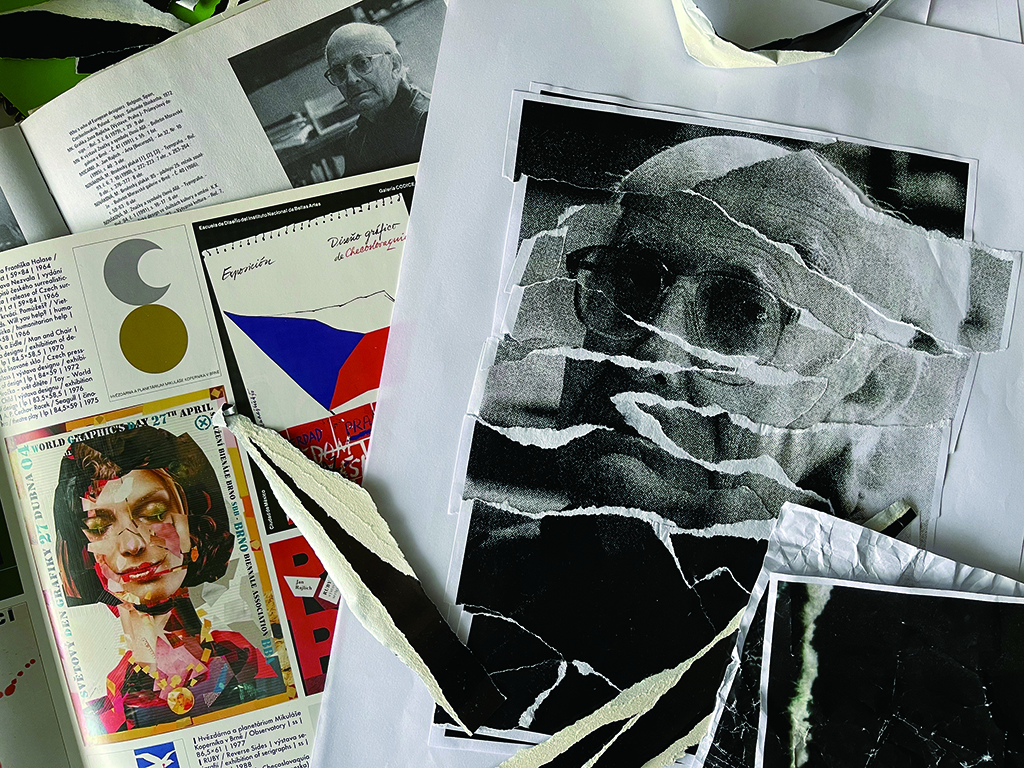 Figure 4: Datacollection, data analysis, and paper trial test in Plan A.
Figure 4: Datacollection, data analysis, and paper trial test in Plan A.
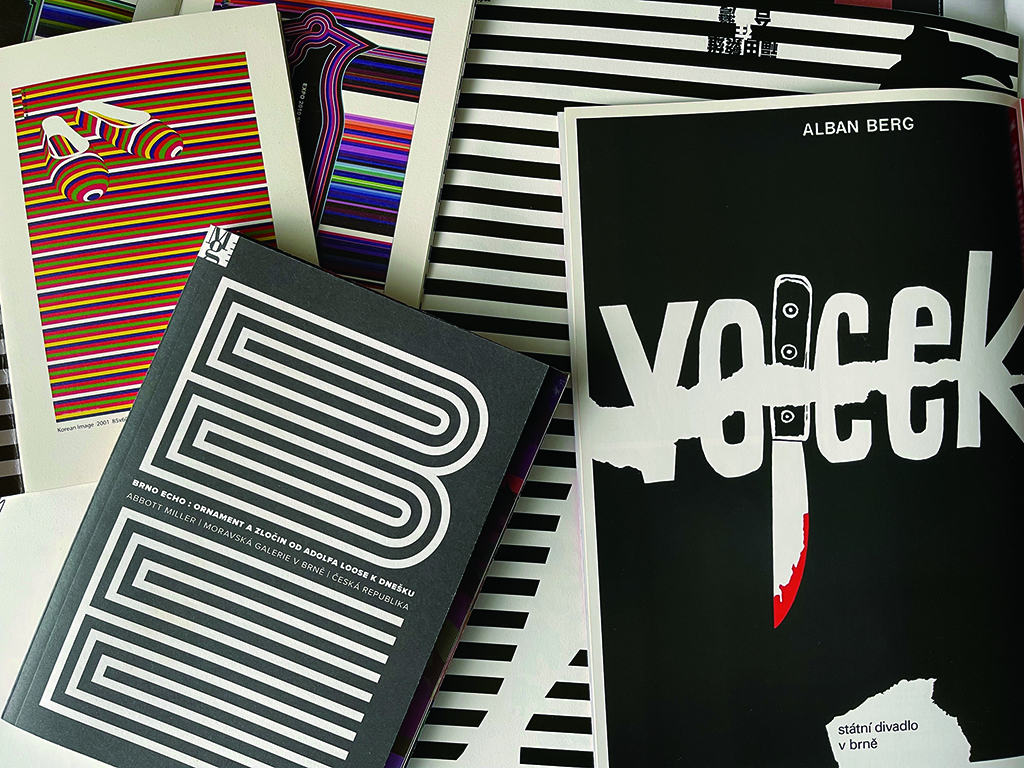 Figure 5: Data collection, data analysis,and creative thinking and analysis in Plan B. The plan also considers theintegration of the individual’s visual vocabulary.
Figure 5: Data collection, data analysis,and creative thinking and analysis in Plan B. The plan also considers theintegration of the individual’s visual vocabulary.
It can be seen from the whole process that thecompletion of a work requires several steps: receiving an exhibitioninvitation, understanding the theme direction, data collection, research andanalysis, the exercise of creative thinking, trials and experimentation,confirmation of plans, details and layout adjustments, and the completion ofthe work.
The completion of a work of design not only satisfiesthe purpose of its design, but also provides an opportunity to consider how tocontinue its value and influence. At the same time, participation ininternational competitions is a more direct way of examining the level of thework. Participating in the competition is not the purpose of design, but itprovides long-term added value to the work. I personally believe that theproper attitude is to work on each assigned task well. This work has been inseveral international competitions and received recognition. It won excellenceawards in both annual design and annual typography design respectively in the2021 Communication Arts competition in the US. It was also awarded a silverprize for the culture category in the professional awards grouping of thePoster Stellars Intercontinental Poster Competition, also held in the US.
Design is always people-oriented. It is meant to solveproblems, inspire people, and allow people to reflect on their surroundings.Through the Jan 100 project, I share the process of my creation with mystudents. I have kept my passion for design and carry such passion movingforward.
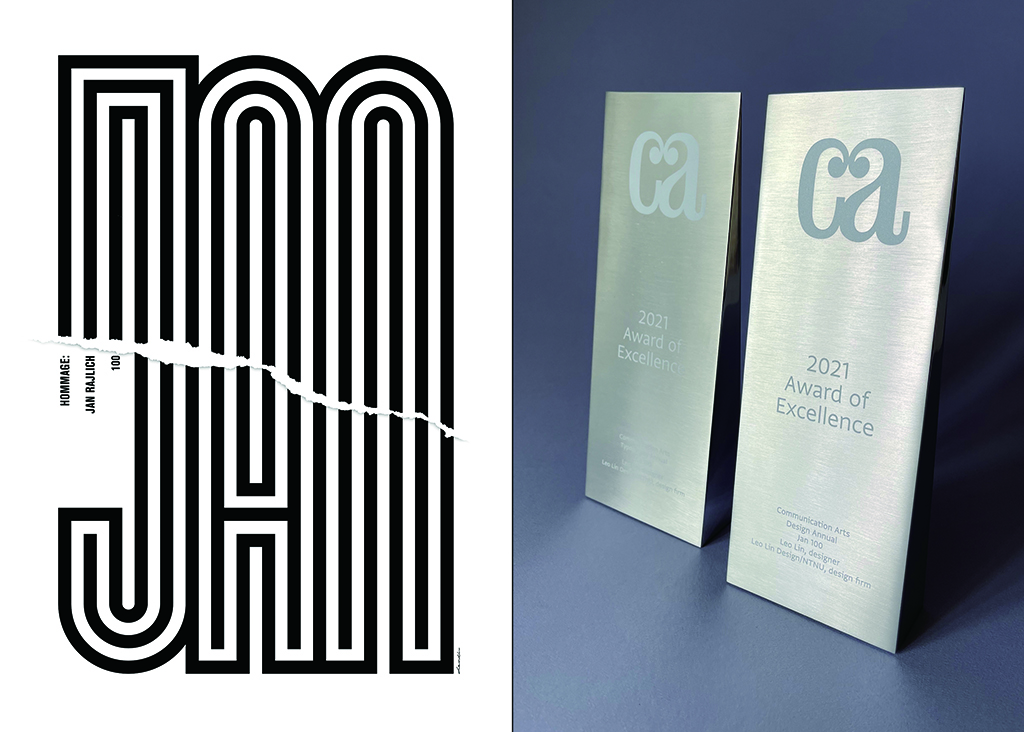
Figure 6: The Jan 100 poster won the excellence awards for the annualdesign and annual typography design categories respectively in the 2021Communication Arts competition in the US. It was also awarded a silver prizefor the culture category in the professional awards grouping of the PosterStellars Intercontinental Poster Competition, also held in the US.